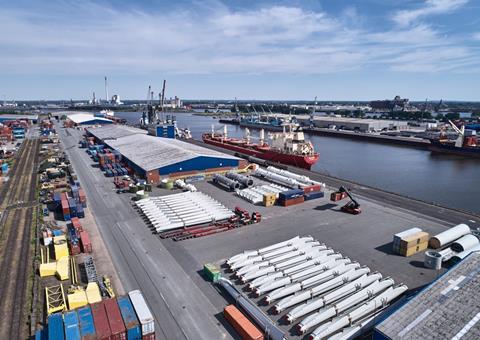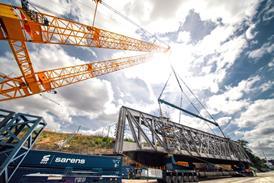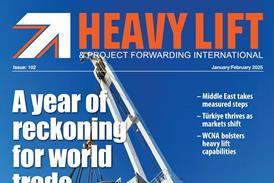Despite uncertain conditions, the port and logistics industry in Bremen, Germany, is looking ahead with cautious optimism, according to a recent flash survey by Bremen Port and Logistics Association (BHV).

55 companies shared their views on the present health of the market. Positively, despite opacity around revenue expectations, the vast majority of companies intend to keep their workforce stable or even increase it. Concurrently, many companies are accelerating their digital transformation.
The biggest external factors dragging on confidence were US Customs policy, dilapidated infrastructure and political uncertainty.
When asked about revenue trends in the first half of 2025 compared to the same period last year, there was broadly an equal split between those that reported increased, stagnant, or decreased revenues, something that signifies a volatile market environment. “As in the previous year, we cannot derive a reliable trend from this,” said Patric Drewes, managing director and executive committee member of BHV.
The outlook for the labour market, however, is much clearer: 36 percent of companies plan to increase their workforce, while 55 percent want to maintain their workforce at the same level. Only 9 percent are considering downsizing.
Digitalisation is progressing dynamically, according to the survey. The proportion of companies using artificial intelligence has increased from 33 to 63 percent. There were also significant increases in the use of optimisation algorithms (from 16 to 37 percent) and big data (from 12 to 30 percent).
Infrastructure challenges were another regional cause for concern; the renovation and modernisation of regional transport routes – especially roads and bridges – is a high priority, according to the survey. There were also requests for a rapid adjustment of the shipping channels of the Outer and Lower Weser North (up to Brake) and for a better image of port and logistics professions.
BHV also called for Bremen to be appropriately recognised and to benefit from Germany’s recently announced special infrastructure fund.
“We were delighted to hear that the new federal government intends to provide around EUR500 billion (USD585.1 billion) for investments in transport infrastructure in Germany as part of the planned infrastructure special fund,” explained BHV board member Patrick Rehberg. “Our clear expectation is that seaports will also receive an appropriate share of these funds.”
The association said that the renovation of the Stromkaje quay in Bremerhaven is of utmost importance: “We estimate costs of at least EUR750 million (USD877.7 million) for the upgrading of this central infrastructure alone – funds that Bremen alone cannot handle,” said Rehberg.
The Stromkaje, which is roughly 50 years old, is no longer large enough to cater for the significantly increased ship sizes and modern container cranes, and reinforcement is essential to ensure the location’s long-term competitiveness.
BHV said further investments are also required for the Weser bridges in and around Bremen, which are in dire need of renovation – as well as for the planned Energy Port in Bremerhaven, which is intended to create space for the offshore wind industry.
















